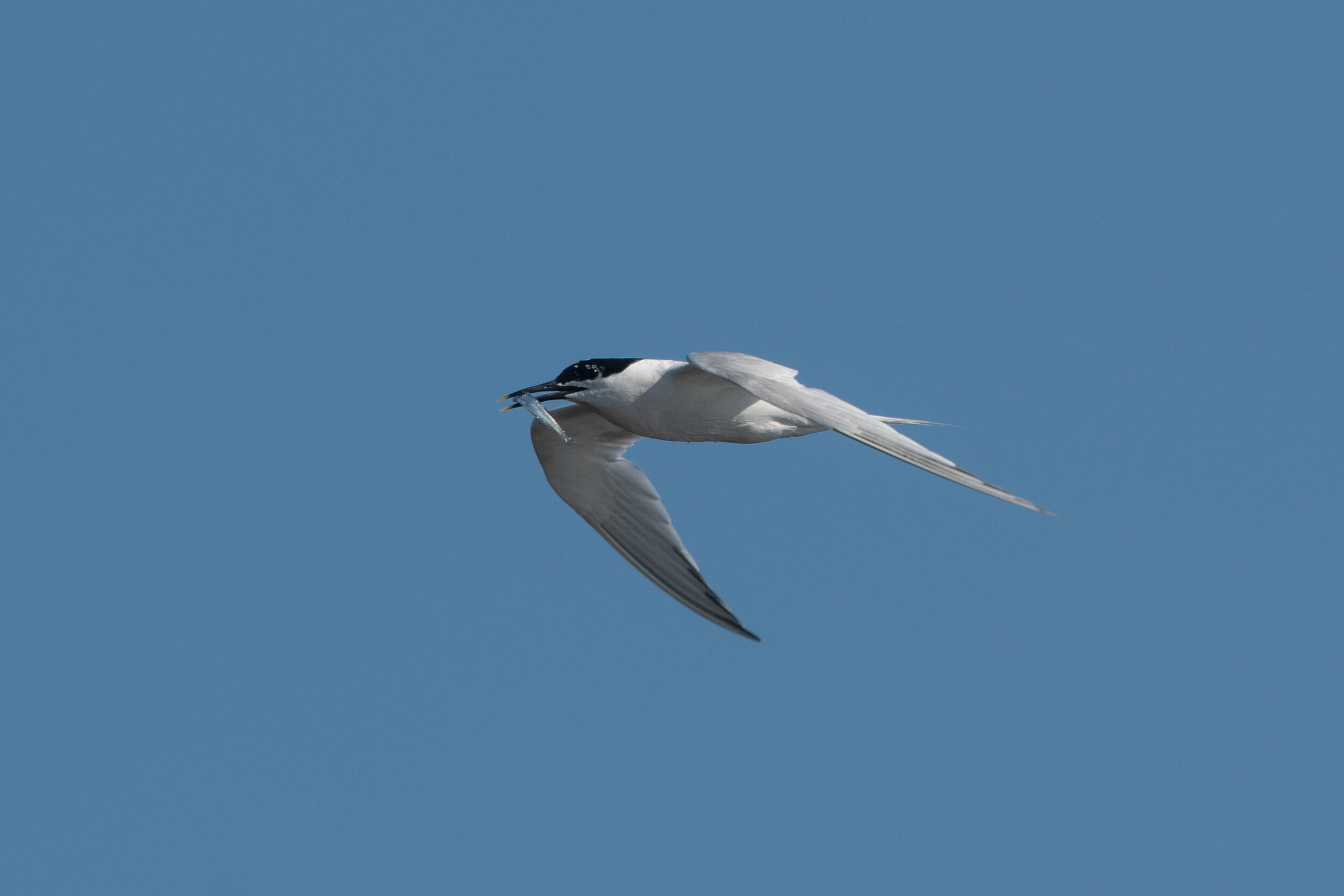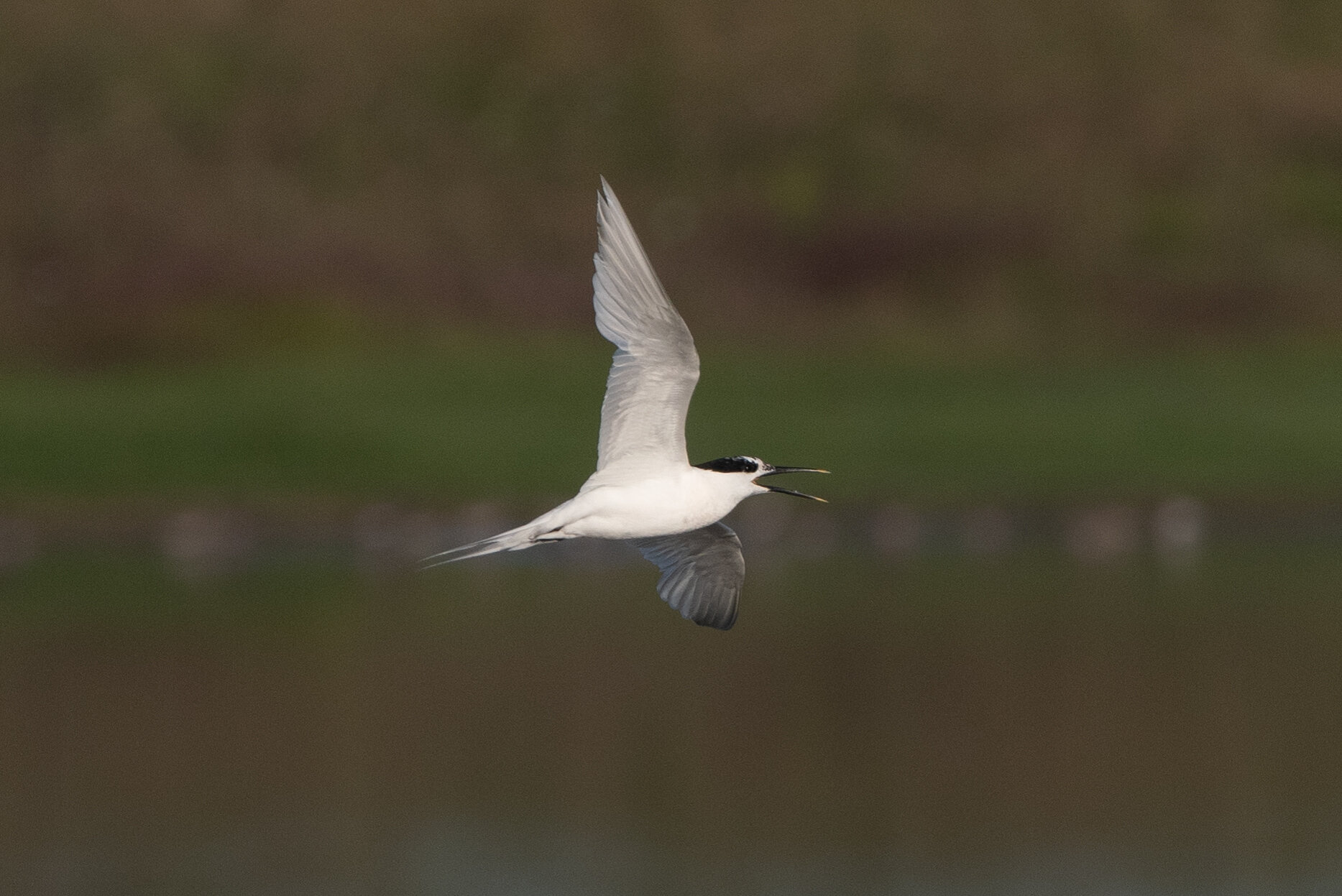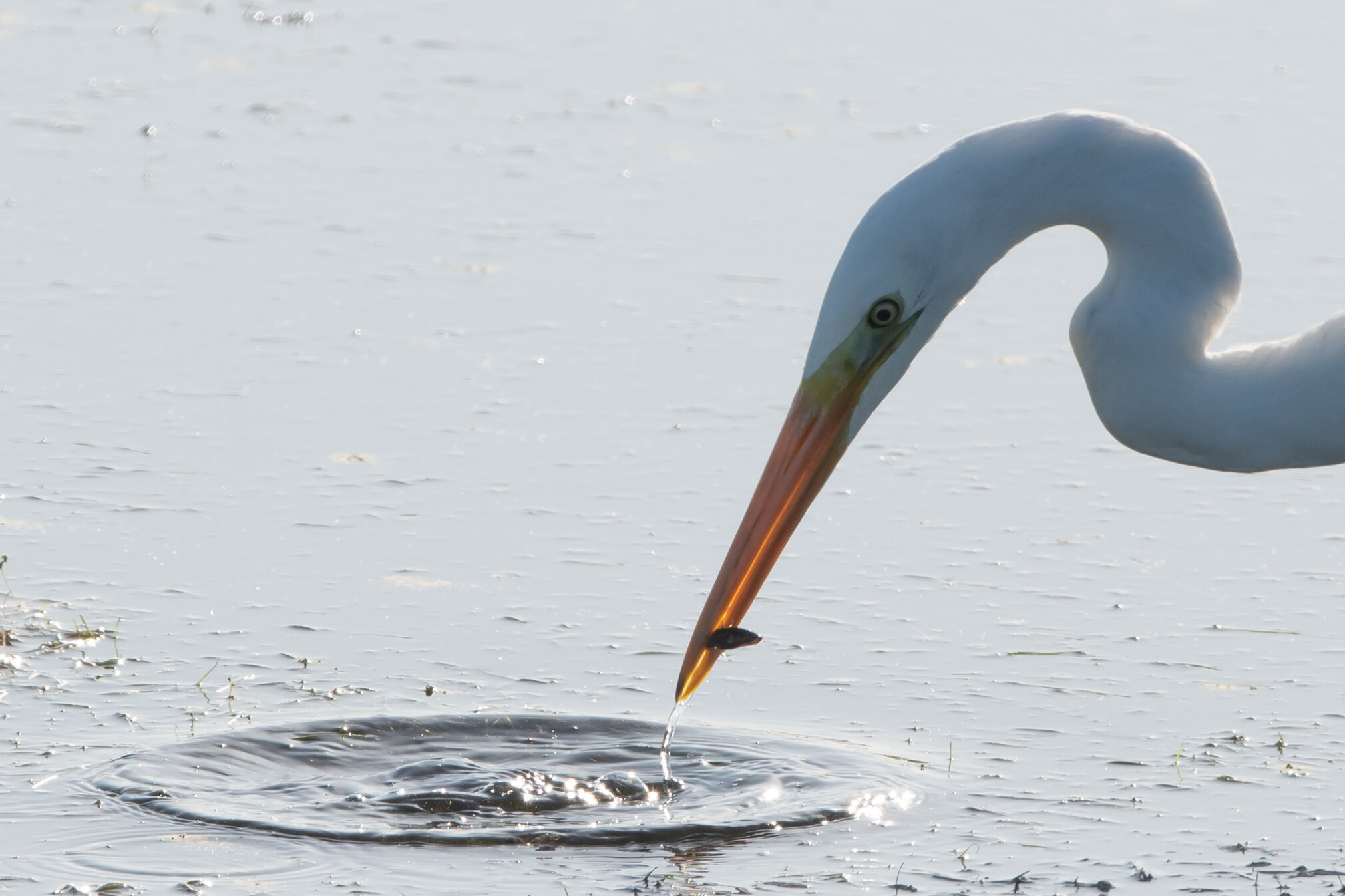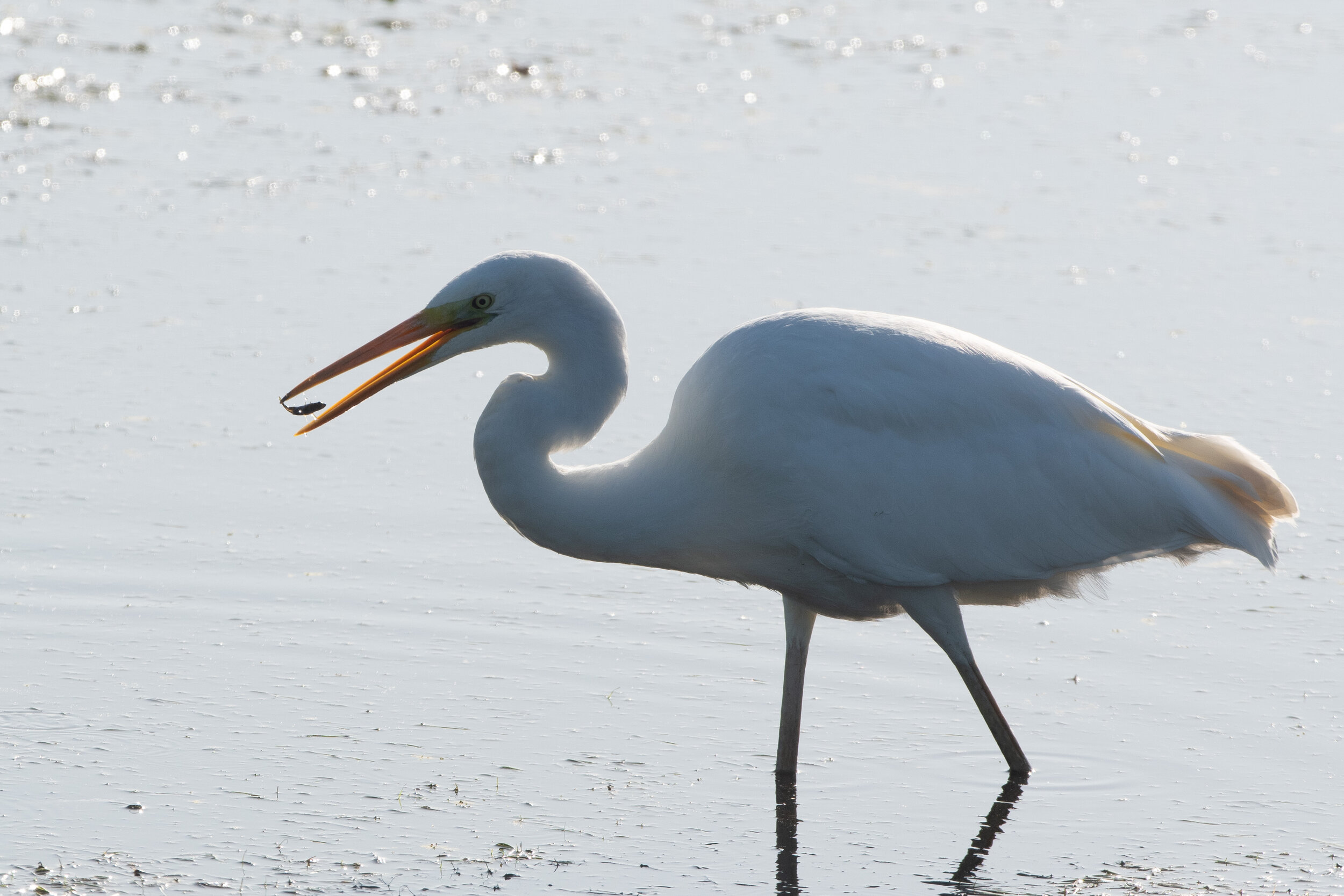In the last week I have spent 3 sessions just in the hide at Kilnsea Wetlands and it has bee fantastic.
This time of year is always great for waders and this year it has been no exception (there’s still more to come) but when you have the added attraction of herons, gulls and terns, sometimes its difficult to know where to look.
Waders have included white-rumped sandpiper, curlew sandpiper, wood sandpier, common sandpiper, curlew, whimbrel, bar-tailed godwit, black-tailed godwit, lapwing, snipe, dunlin, ringed plover, little ringed plover, knot, redshank and greenshank.
There has been some fantastic performances by the three semi-resident spoonbills as well as a quite a showy great white egret, high counts of little egrets and the odd grey heron.
Gulls have included common, little, black-headed great black-backed, mediterranean and caspian and there has been a good number of sandwich terns, little terns and common terns.
Kilnsea Wetlands is one of those places that has its best times for viewing. Its always best over high tide and the bigger the tide the more birds there are as the water rising on the humber pushes the birds off and they relocate for a few hours on the wetlands. Big tides invariably occur either early morning or in the evening and if you get the timing right you could plan a visit that includes two high tides.
There has been the added distraction of birds of prey with marsh harrier, sparrowhawk, kestrel and peregrine falcon as well as a short-eared owl.
Mid-day and low tide is the wrong combination and would normally result in seeing the least activity, combined with the harsh mid-day light its best avoided.
All in all it is a truly magnificent place ant arguably at its peak at this time of year.
White-rumped sandpiper
White-rumped sandpiper
Common sandpiper
Common sandpiper
Wood sandpiper
Juvenile little ringed plover
Juvenile little ringed plover
Redshank
Curlew-sandpiper with roosting dunlin
Ruff
Ruff
Ruff
Ruff
Ruff
Ruff
Bar-tailed godwit
Bar-tailed godwit
Common snipe
Dunlin
Dunlin
Knot
Knot
Black-tailed godwit
Black-tailed godwit
Black-tailed godwit
Black-tailed godwit
Little gull
Black-tailed godwit
Sandwich tern with juvenile
Juvenile little tern
Mediterranean gull
Little egret
Spoonbill
Spoonbill
Great white egret
Great white egret
Short-eared owl
Common shrew


























































































